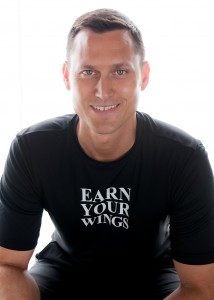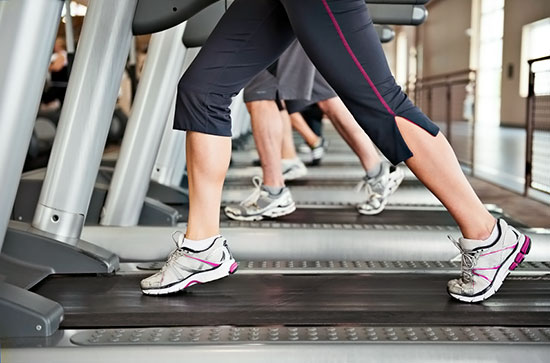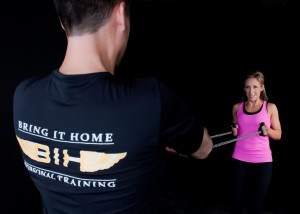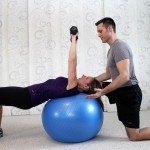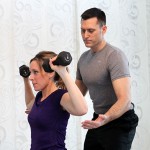
As most of you know, I am participating in a great event sponsored by the the Michigan Institute of Urology Men’s Health Foundation, The Men’s Health Event 20XIV. This free event will give men a better understanding of how to stay healthy, provide free health screenings to assess their current health, and offer free information about advances in healthcare. The Men’s Health Event is on Saturday, November 15, 2014 from 9 am- 3 pm at Ford Field in Detroit, MI.
Bring It Home Personal Training will proudly host a booth providing free health and fitness information and demonstrations of basic exercises that everyone can do at home.
This is a free family event that will have entertainment, on-field activities, special guest appearances, and food!
If you have any questions about the Men’s Health Event, please call me at 248.318.0132 or click on the link above.
Thank you for all of your support with this important health expo!
